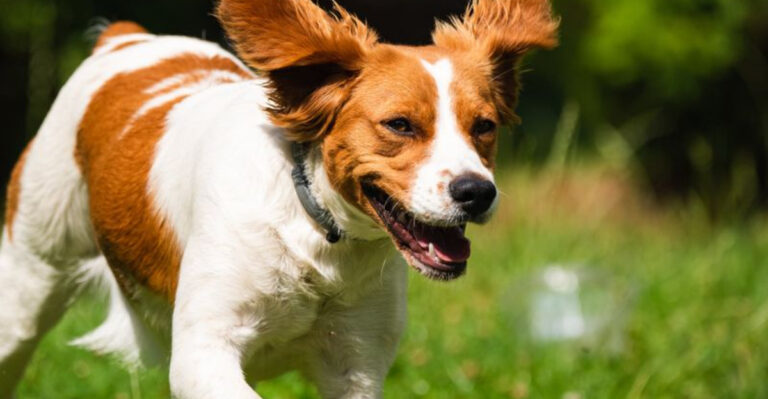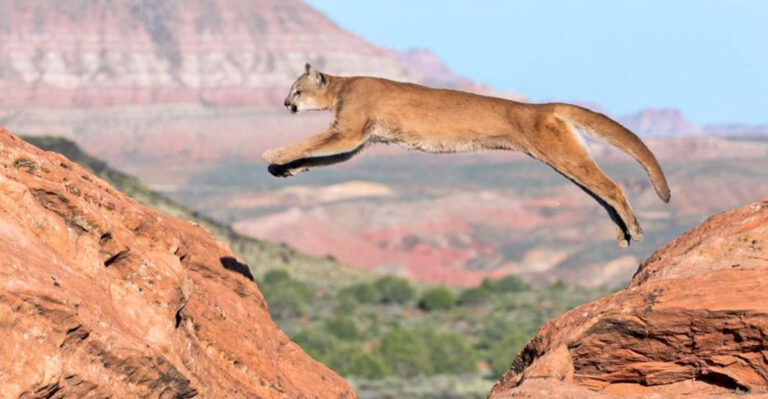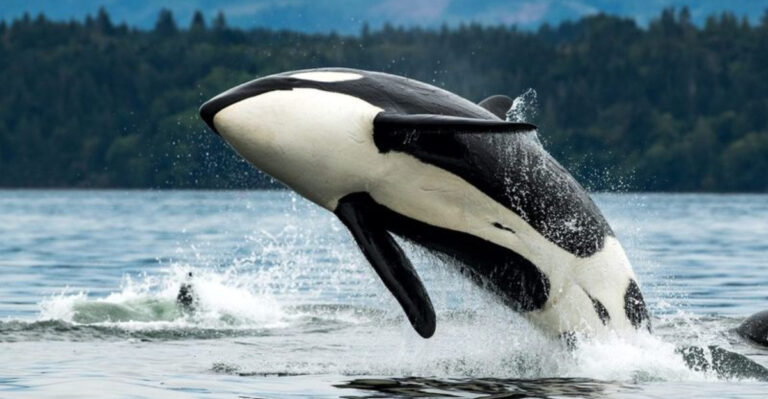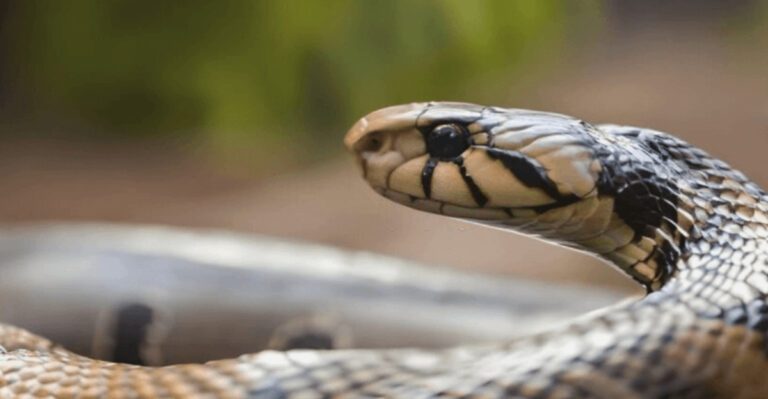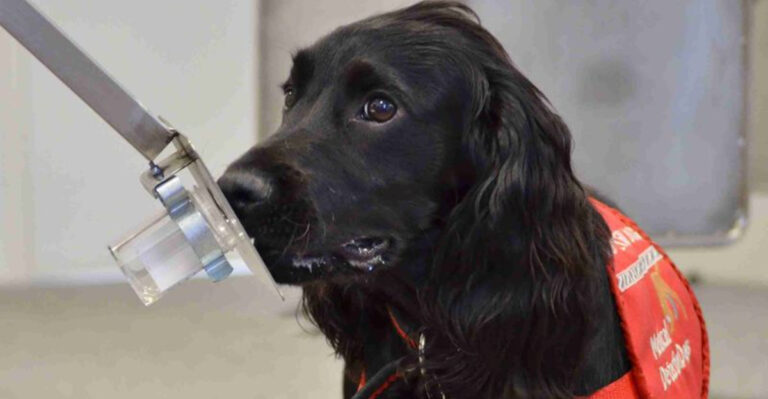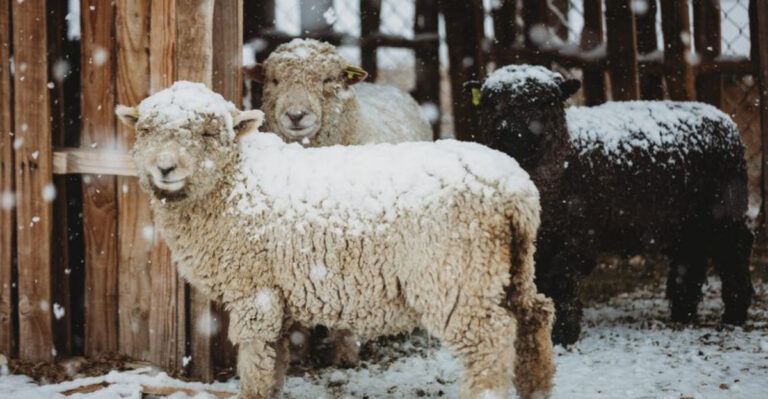Fun Animal Behaviors That Actually Have A Purpose
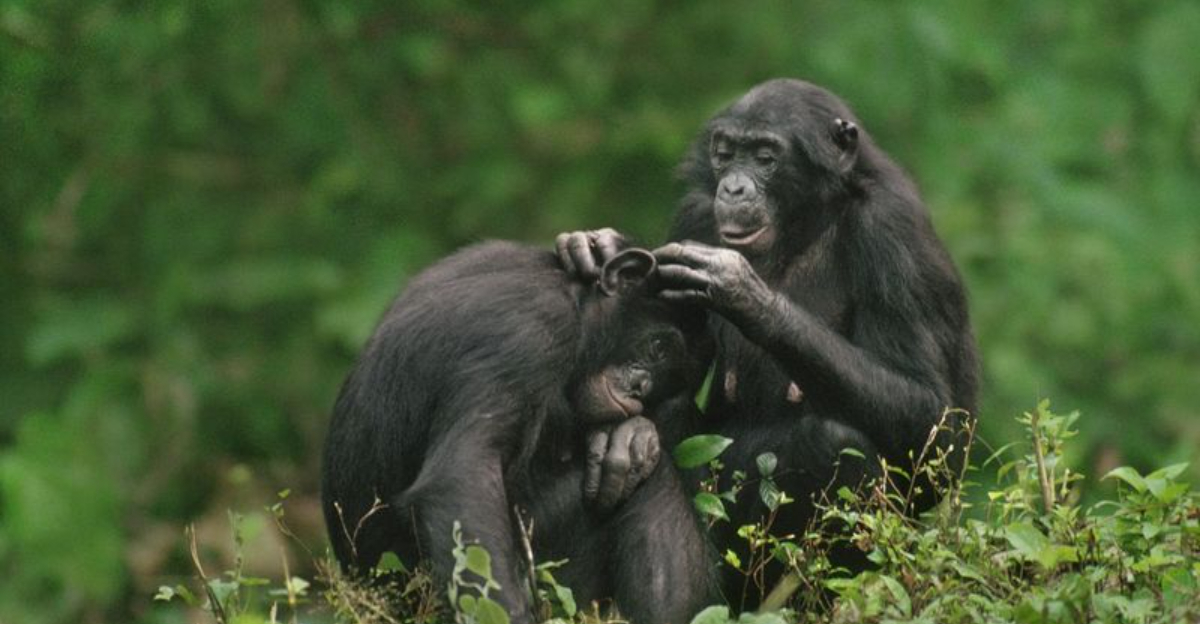
Animals exhibit a wide variety of fascinating behaviors that, while amusing to us, often have very practical purposes.
From complex communication to survival tactics, these actions not only entertain but also help animals thrive in their environments.
Let’s explore 11 intriguing behaviors that reveal the cleverness of the animal kingdom.
1. Dancing Bees
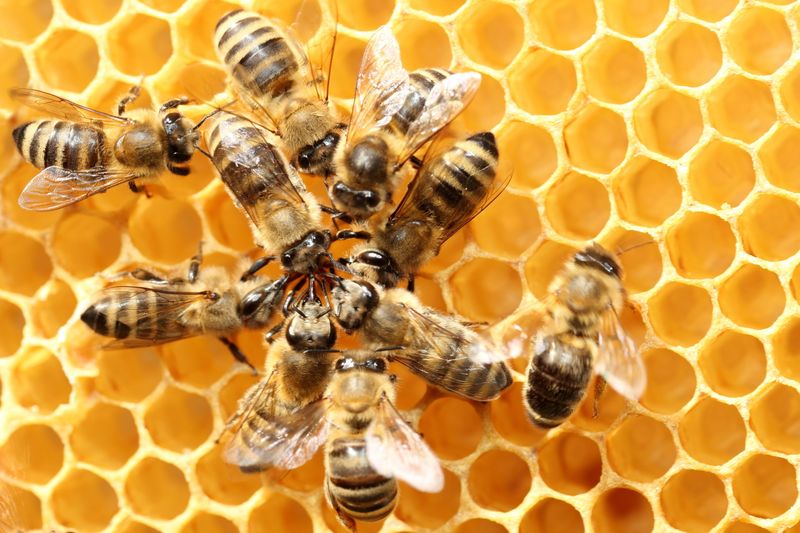
Honeybees are known for their fascinating waggle dance. This isn’t just a random jig; it’s a sophisticated form of communication.
When a bee finds a rich source of nectar, it returns to the hive and performs this dance to share information. The dance conveys details about the direction and distance of the flowers.
By following the steps and angles of the dance, other bees can locate the food source efficiently.
This behavior showcases the bees’ teamwork and navigation skills, essential for the hive’s survival and productivity.
2. Elephant Trunk Swinging
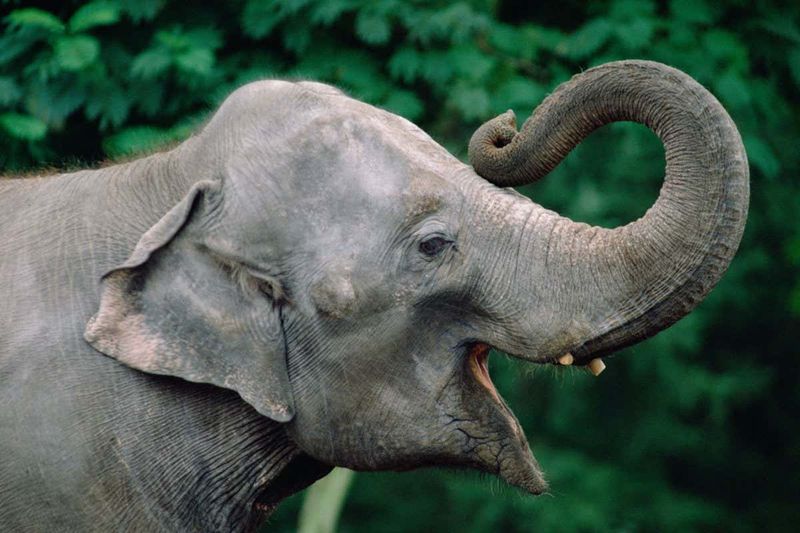
Elephants swinging their trunks might look like a playful gesture, but it serves multiple purposes. The trunk, an incredibly versatile tool, is used for communication, sensing the environment, and even as a fly swatter.
By swinging their trunks, elephants can pick up scents from the air, helping them locate water or other elephants.
It also strengthens their trunk muscles, which are vital for such a heavy appendage. This behavior is not just endearing; it’s crucial for their interaction and survival in the wild.
3. Octopus Camouflage
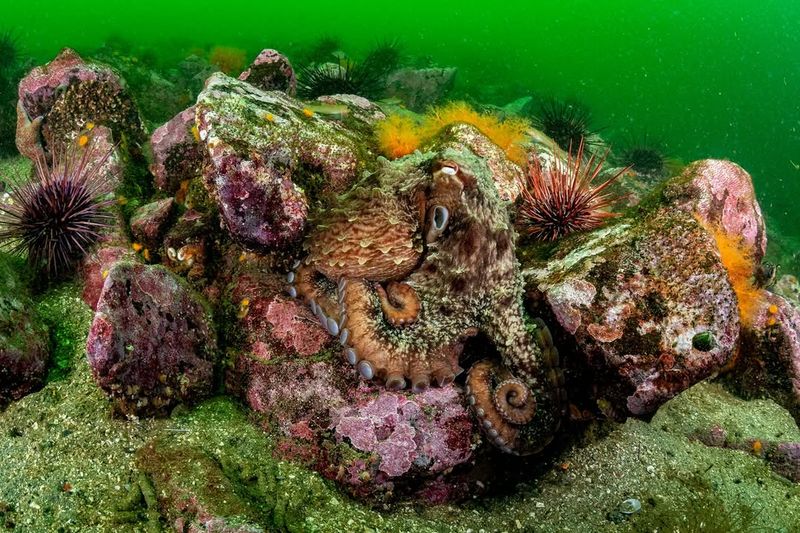
Octopuses have a unique talent for camouflage, allowing them to vanish into their surroundings. This ability is not just for trickery; it’s vital for survival.
By altering skin color and texture, octopuses can hide from predators and ambush prey effectively.
Their skin contains cells called chromatophores that expand and contract, changing hues instantly. This adaptation is a marvel of evolution, providing both protection and an advantage in hunting.
Witnessing an octopus disappear into its environment is like watching a magic trick unfold underwater.
4. Penguin Tobogganing
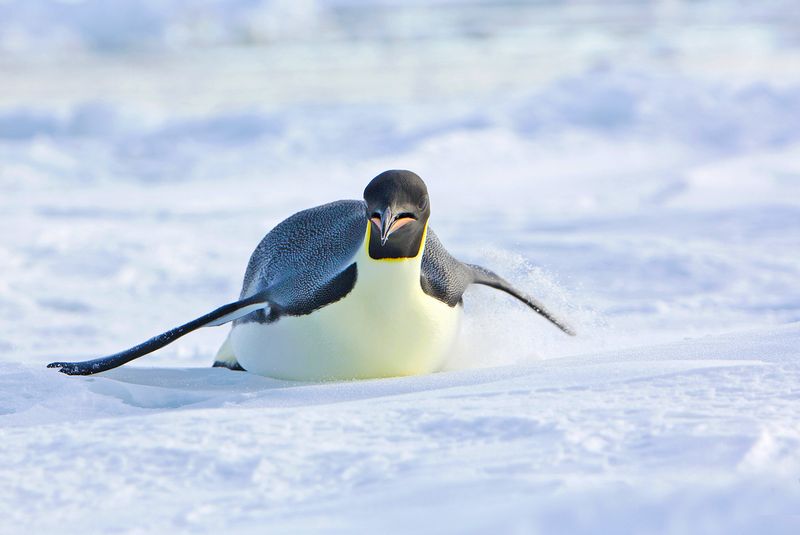
Penguins tobogganing on their bellies across the ice might seem like pure fun, but it’s also practical. This sliding technique allows them to travel faster and conserve energy.
By gliding over the ice, penguins can quickly escape predators and move efficiently between feeding grounds and their nests.
This behavior is especially useful in the harsh Antarctic environment, where conserving energy is crucial.
It’s a delightful combination of play and purpose, showcasing the penguin’s adaptability to its icy home. Their playful slides are a testament to nature’s clever problem-solving!
5. Meerkat Sentry Duty
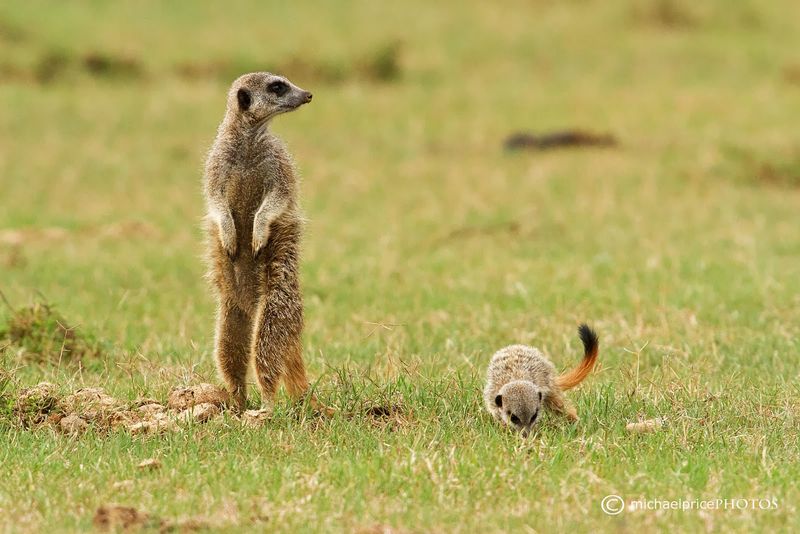
Meerkats standing tall like little sentinels serve a critical role in their community. This behavior is not just endearing; it’s a vital survival strategy. While one meerkat stands guard, others can forage for food with less risk.
The sentry meerkat watches for predators, ready to sound an alarm if danger approaches. This teamwork enables the group to thrive in a harsh desert environment.
Their vigilant stance, with sharp eyes scanning the horizon, exemplifies cooperation and alertness in the wild.
6. Crows Using Tools
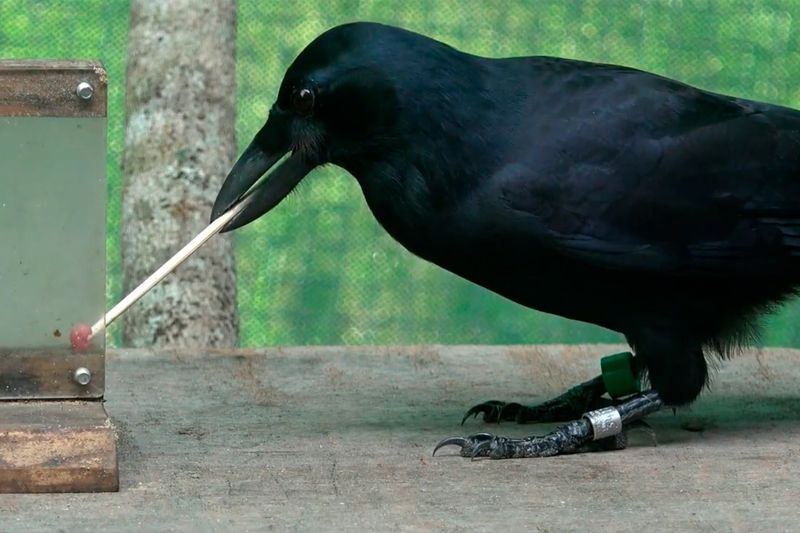
Crows using tools is a testament to their remarkable intelligence. These birds have been observed crafting and utilizing tools to access food.
By using sticks or even bending wires, they can extract insects from crevices.
This innovative behavior highlights their problem-solving abilities and adaptability. It’s a skill passed down through generations, showcasing their learning capabilities.
Observing a crow in action is witnessing a blend of creativity and intelligence in nature.
7. Dolphin Bow Riding
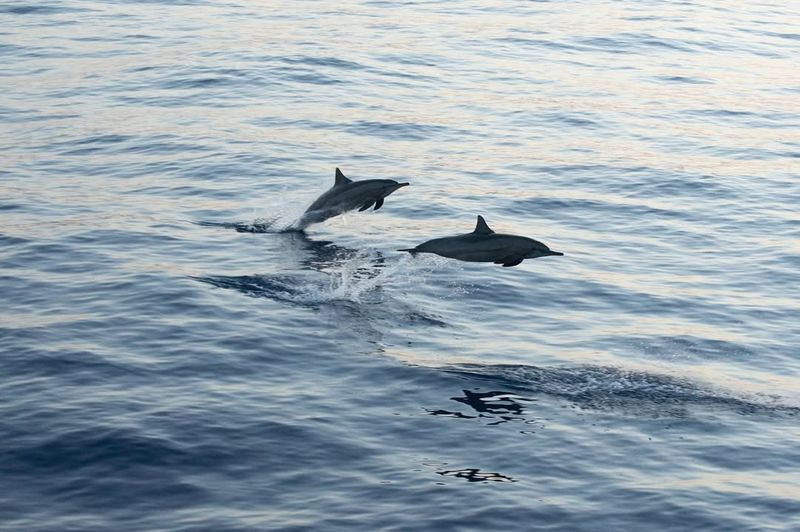
Dolphins riding the bow waves of boats is a spectacle of nature’s playfulness. But it’s more than just fun; it’s a clever way to conserve energy.
By catching the boat’s wave, dolphins can travel with less effort, akin to surfing.
This behavior allows them to cover large distances without tiring quickly. It’s also a social behavior, strengthening bonds within the pod.
Watching dolphins bow riding is a joyful experience, showcasing their intelligence and love for life.
8. Chimpanzee Grooming

Chimpanzees grooming each other might seem like a simple social activity, but it serves multiple important functions. This behavior helps remove dirt and parasites, keeping their skin healthy.
Grooming also strengthens social bonds and builds alliances within the group. It’s a calming activity that reinforces trust and reduces tension.
In their complex social structure, grooming is key to maintaining harmony and cooperation.
These interactions are a powerful reminder of the importance of community and care, even in the wild. It’s hygiene and harmony wrapped in one!
9. Squirrel Nut Burying
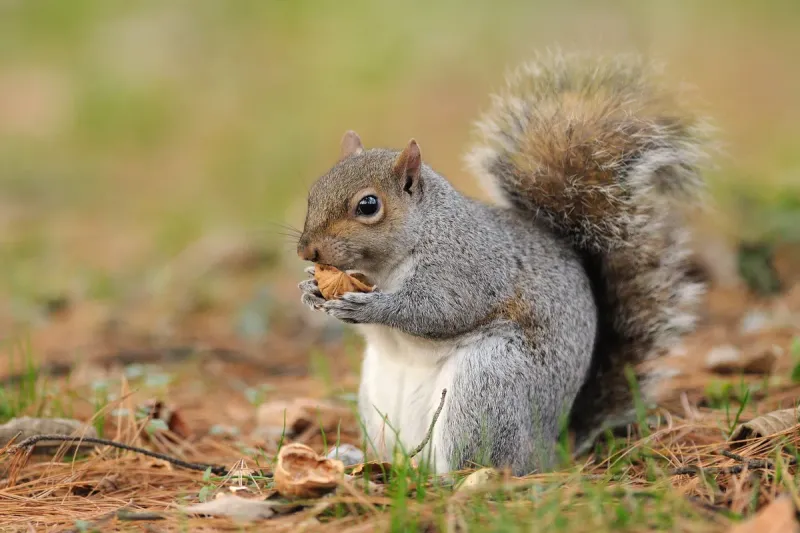
Squirrels burying nuts might look like they’re just playing hide and seek, but it’s a strategic act of food storage.
By caching nuts in various locations, they ensure a steady food supply during the winter months when resources are scarce.
This behavior also inadvertently aids in forest regeneration, as forgotten nuts grow into new trees. It’s a win-win for both squirrels and the ecosystem.
Their busy burying is a dance of preparation and foresight, ensuring they thrive through the seasons.
10. Kangaroo Boxing
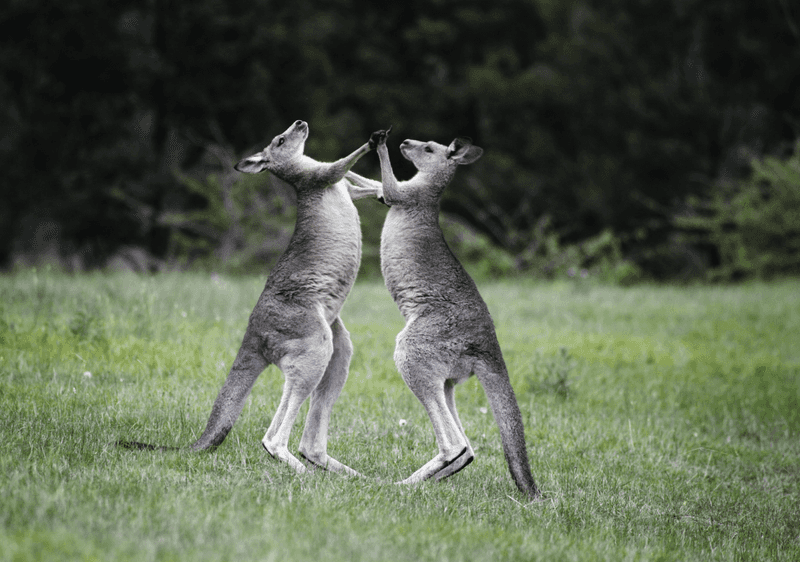
Kangaroo boxing isn’t just a quirky display; it’s a way to establish dominance and resolve conflicts. Young males often engage in these bouts to practice fighting skills, which are crucial when competing for mates.
The boxing matches are a blend of agility and strength, helping kangaroos gauge their physical prowess. It’s a form of communication that prevents more serious confrontations.
While it may look like a playful tussle, it’s an important aspect of their social dynamics.
11. Sea Otter Tool Use
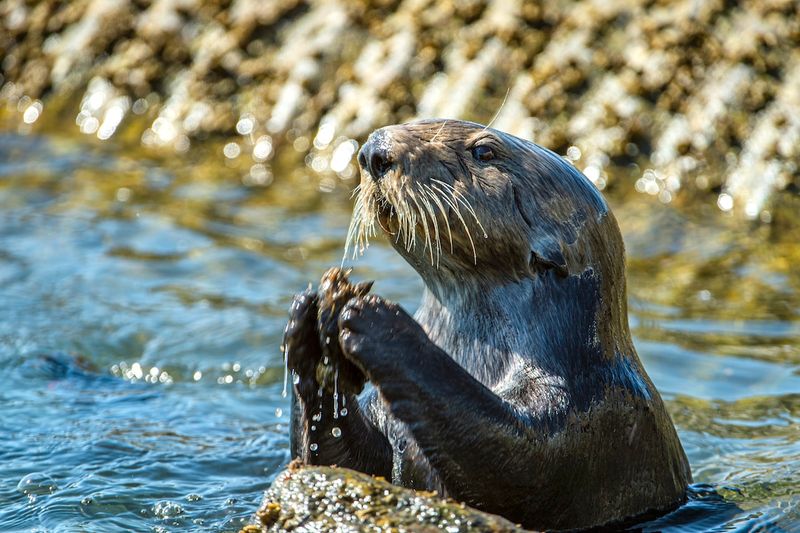
Sea otters using rocks to crack open shellfish is not only adorable but also a crucial survival skill. Floating on their backs, these marine mammals expertly use stones to access the food inside hard shells.
This behavior not only demonstrates tool use but also highlights their ingenuity in exploiting available resources.
It’s a skill learned from mothers, passed down through generations, ensuring they get the nutrition needed to survive.

